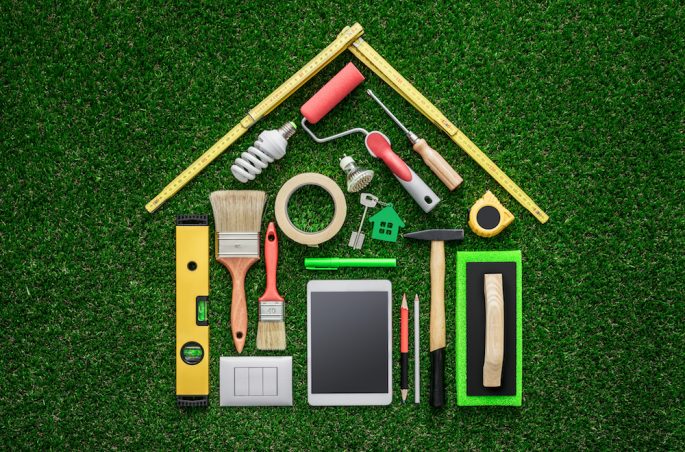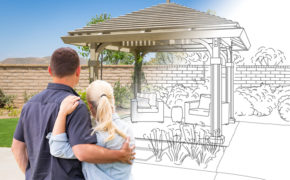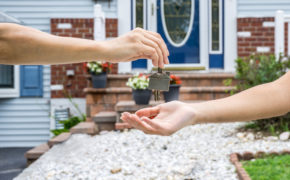More Eco-Friendly Home Features to Consider
It’s trendy to be eco-friendly. Restaurants, hotels and other businesses have been changing procedures and implementing technologies to improve the environment, so why not try “going green” yourself?
Alerting aspects of your day, even as small as turning off a light, add up. Making these small ecologically sound modifications to your home can not only help the Earth become a greener place but save you money. Try applying these features to your home and start saving energy and money today.
- Intuitive thermostat. Running your heat and air conditioning accounts for almost 50 percent of energy used inside US homes. Constantly adjusting your thermostat can be a hassle, so why not try a sophisticated thermostat like the Nest Learning Thermostat. Studying your schedule as you use it, this thermostat will turn up or down based on your usual activities and track your energy usage.
- Air seal your home. Having an airtight home is essential for saving energy and creating an eco-friendly space. Ensure you have proper insulation in your attic and exterior walls to reduce heating and cooling costs and improve comfort. Then, check your windows, doorways, ducts, fireplace chimney and furnace for leaks, and repair them with a durable sealant.
- Use a power strip. Even if your electronics are turned off, they still consume energy when plugged into an outlet. Instead of constantly plugging-in and unplugging tucked-away cords, try using a power strip for your large electronics to simply turn them off with the flip of a switch. The Pinio Smart Power Strip makes this even easier, providing the option to control outlets via a schedule, app, Amazon Echo or Google Home.
- Wash with cold water. When running a washing machine, most of the energy comes from heating the water. Although some garments specify which temperature they should be washed, switching to cold water could eliminate around 1,600 pounds of carbon dioxide emissions per year. Plus, washing with cold water means clothes are less likely to shrink or fade, have reduced wrinkles and respond better to stains.
- Install a low-flow toilet. You may not realize it, but every time you flush your toilet, it costs money. It’s one of the most significant ways households wastewater, but low-flow toilets are designed to pull out small amounts of water from the local pipes. While traditional models use, on average, 3.4 gallons per flush, the leading low flow toilets only use 1.6 gallons, saving you close to 2 gallons of water per flush.
- Intelligent sprinkler system. Did you know new sprinkler technology includes features that integrate current weather and different soil zones? With up to half the water used outdoors wasted due to poor watering methods, it’s time to curb your water waste with a sustainable upgrade to law management. Try the Rachio Smart Sprinkler Controller to analyze yard characteristics, like sun exposure, and avoid watering in less than perfect conditions.
- Switch light bulbs. Changing to energy-efficient light bulbs can greatly cut the cost of your energy bills. If you’re still using traditional incandescent bulbs, it’s time to make the switch to either halogen incandescents, compact fluorescent lamps (CFL’s) or light-emitting diodes (LEDs). Compared to traditional bulbs, these lights will last longer, save energy and save you money.
- Automated lighting. Everyone has forgotten to turn off a light before; it’s part of being human. Lighting homes represent 10 percent of residential electricity consumption in the US. But what if you could control when your lights turn off? With Philips Hue LED Smart Bulb Starter Kit, you can use an app to control the lights in any room, set light schedules and create lighting color palettes. Plus, they have motion detector lighting if you want to forget about light switches altogether.
- Connect with a hub. Many of these technologies can be controlled with a smart home device like an Amazon Echo, Google Home or Apple HomeKit and HomePod. Instead of pulling out your phone every time you want to adjust your home’s eco-friendly technology, use one of these devices and save energy with a hands-free voice-controlled speaker.
Do you use any of these eco-friendly features? Share your favorites, and other energy-saving suggestions, in the comments.










